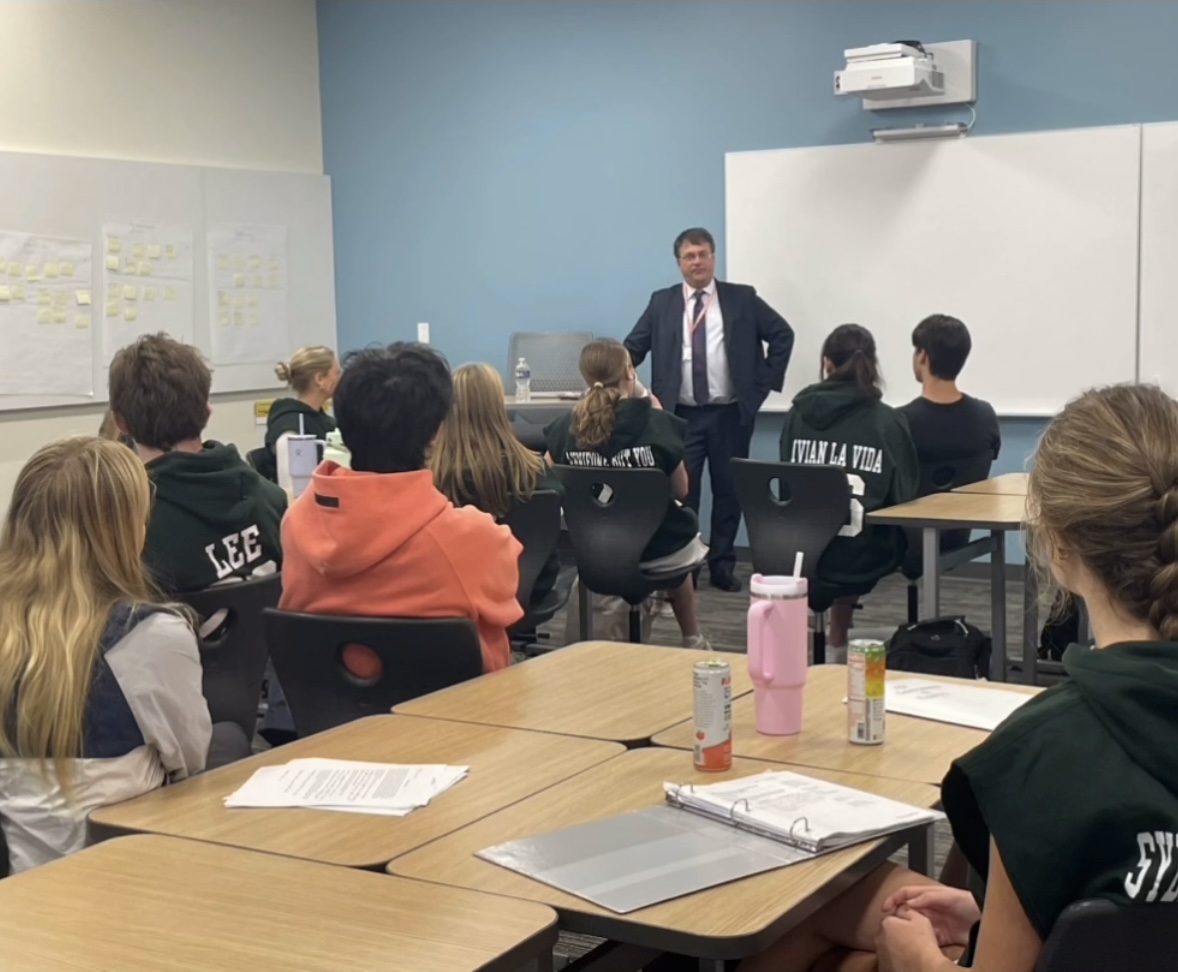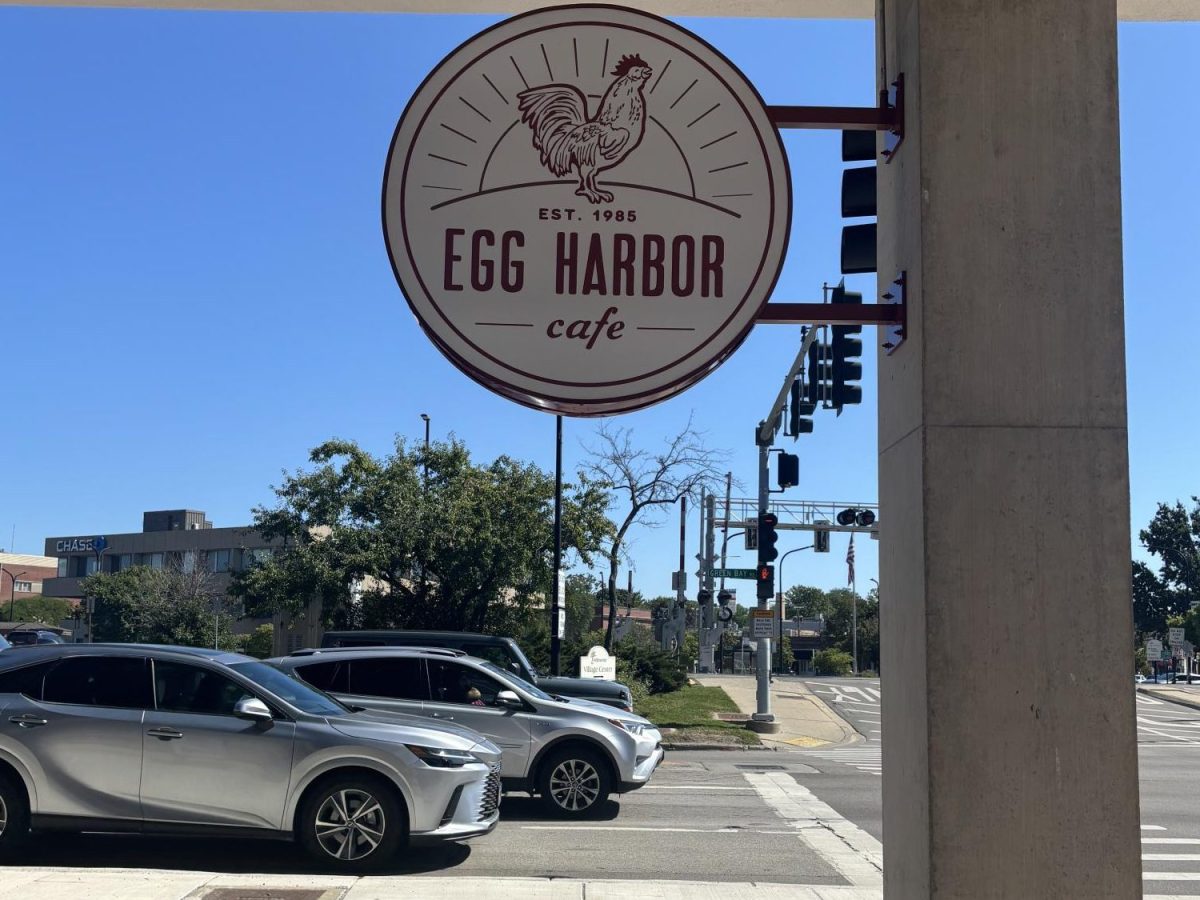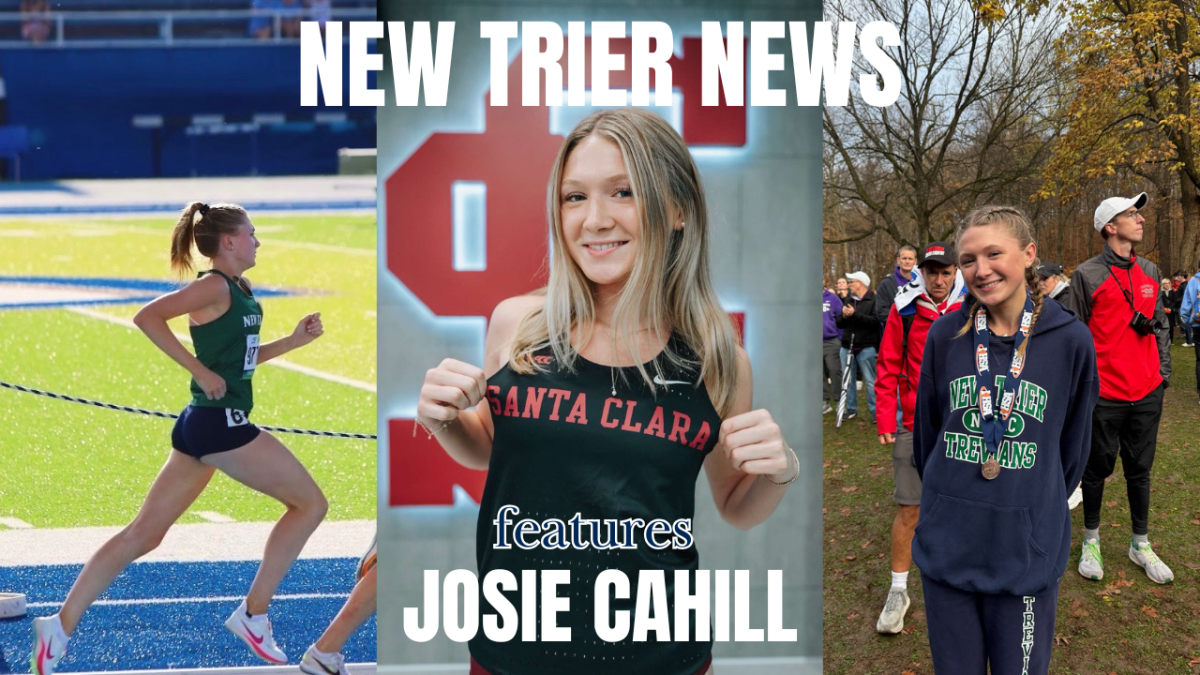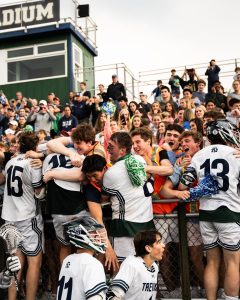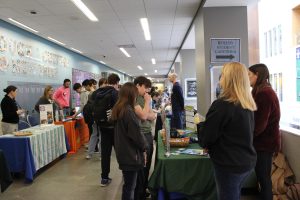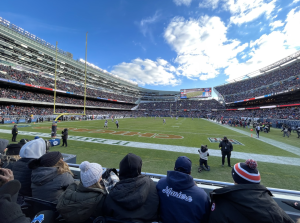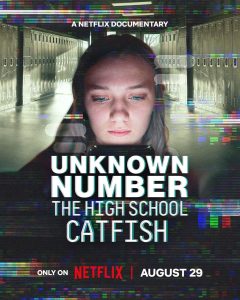CPS exchange day advocates for funding equality
Program aims to reveal social justice issues to local students
March 4, 2016
In a school with updated facilities, hundreds of extracurriculars and athletic programs to choose from and a campus wide renovation, it can be difficult for New Trier students to remember that other schools may not be as fortunate.
As part of a partnership with Social Service Board and two Chicago Public Schools, Kelvyn Park High School and Richard T. Crane Medical Preparatory High School (RTC), students from all three schools met here on Feb. 25 to discuss the inequities of Illinois school funding.
This partnership, called the Metro Community Project, aims “to encourage kids to reflect on how schools are funded, to see that there’s inequity in schools, and that this is a social justice issue,” Dan Lawler, co-sponsor of Social Service Board, said.
This inequity can most clearly be derived from a difference in property tax; funding for districts is largely made up of property taxes, so the value of the area contributes directly to the resources each student receives.
The New Trier district has such a high property tax that it spends around $22,000 on each student, according to Lawler’s estimates. On the other hand, Kelvyn Park spends a minimum of roughly $6,000 on each student.
This disparity is made even larger when state funding is taken into account. The Illinois State Constitution mandates that Illinois must provide at least half of each school’s budget, but in 2015 only 28% of dollars spent on education came from the state, according to ABC affiliated WQAD News 8 —the U.S. average is around 50%.
RTC students Ana Romero and Lance Cunningham find the funding disparities most noticable in the amount of extracurriculars offered and funded.
“The difference is that New Trier has all these extra activities, where we just don’t have it at all,” Romero said. “You guys have things like glass art, and that’s something we wouldn’t see in Chicago schools.”
Cunningham echoed Romero, saying “We don’t have as much money, so we don’t have as many activities as we would like to have. I saw the wrestling rooms, and you have multiple gyms here, and you guys have enough funding to be able to afford these activities and things.”
Kelvyn Park Principal Allyson Fox appreciates what the Metro Project sets out to do.
“Being here today, I’m glad that [Kelvyn Park and RTC] students have had the chance to see the disparities between services and even just the building itself, how it varies from their world,” Fox said. “But I don’t want them leaving here feeling badly about their circumstances. I want them to think about how to make those legislation changes concerning funding, and how to get the word out.”
The project invited two state senator representatives to discuss this issue with students from all three schools.
While there are certain bills set to close this funding gap, such as the 2015 School Funding Reform Bill, Fox thinks that there’s still more to be done.
“One of my students posed a question to the legislators: ‘What can you do to help us? What can we do?’ and I hope that we go even further with this,” Fox said. “We need to continue to engage legislatures about this, because they’ve seen it first hand, they’ve joined us, they’ve heard our concerns.”
The students themselves want legislative change just as much as their administration does, not only to be able to have more extracurriculars, facilities, or classroom necessities, but to be able to raise the quality of their education.
“Students aren’t understanding that they could be doing better. Just because [their] school isn’t as up to par as it could be, they feel as though since the school isn’t supporting them, they can’t support themselves,” Cunningham said.
As the fight for equal finding continues, Fox has a positive outlook on the future of Kelvyn Park, and other similarly under-funded schools.
“My students, they come and they see this world, and they say, ‘We only have two gyms and they have four!’ That’s true, and that’s the reality of funding,” Fox said.
“But there is something that you can do, you can get the word out, you can advocate to bring more resources and programs into our school. We have to be creative.”




